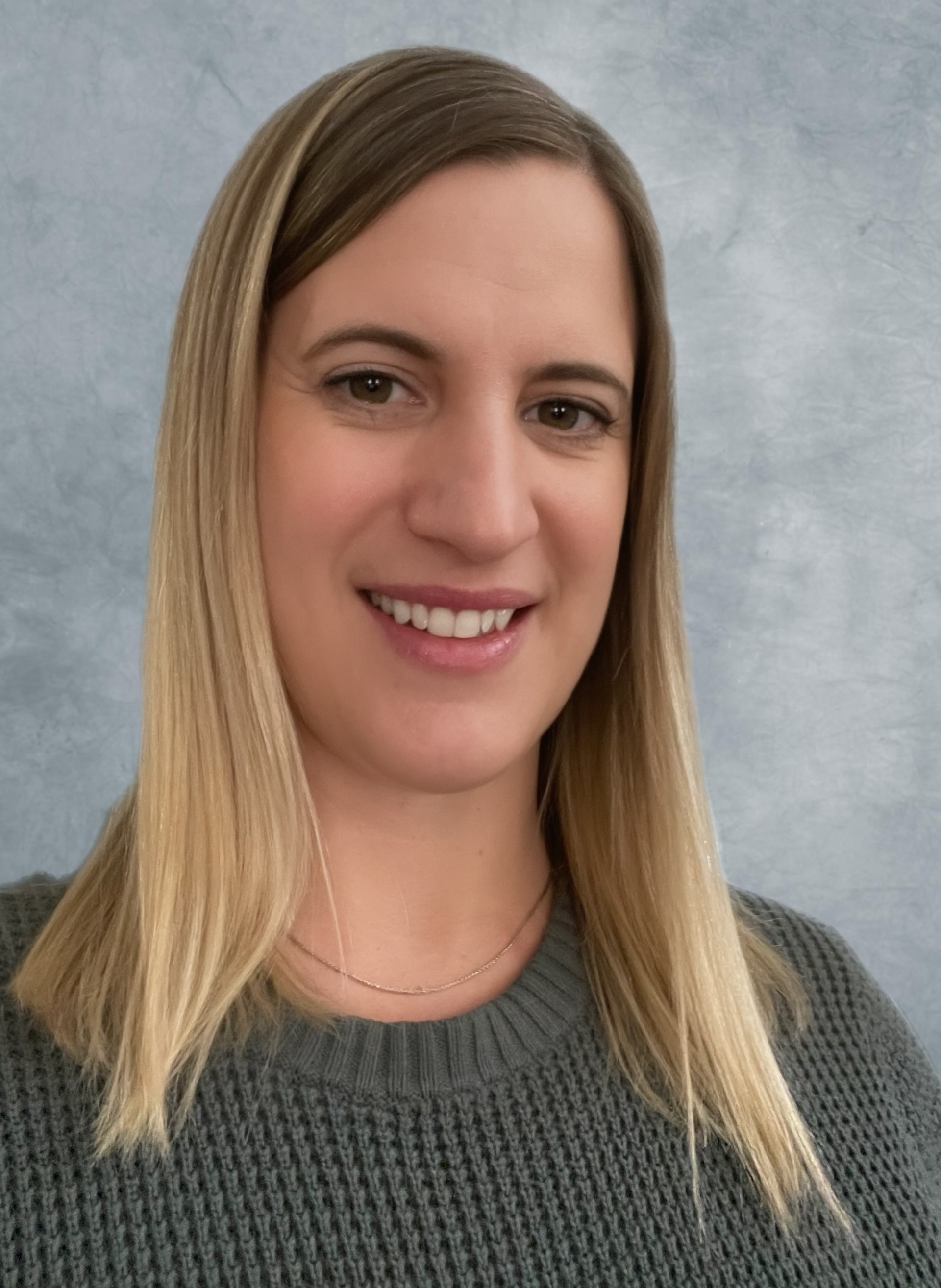By: Stuart Paavola, Program Director for the Emergency, Medicine and Stroke Programs, at GRH
The transition from hospital to home is a challenging time as patients and their caregivers adjust to new roles related to potentially impaired functional and cognitive abilities post-stroke. Patients and their caregivers lose the support offered by an inpatient stroke team and are often left to independently coordinate care and navigate access to community resources. Numerous studies have outlined systemic problems in care transitions as a cause of adverse events that arise after discharge. A study by Forster et al., found that nearly 20 per cent of patients experience adverse events within three weeks of discharge, nearly three-quarters of whom could have been prevented or ameliorated.
 When Holly Arnold (pictured left) accepted the interim Stroke Navigator position at Grand River Hospital (GRH), a role that is designed to support patients, caregivers and staff across the entire stroke continuum of care in Waterloo Wellington, she quickly identified a gap in service that required attention.
When Holly Arnold (pictured left) accepted the interim Stroke Navigator position at Grand River Hospital (GRH), a role that is designed to support patients, caregivers and staff across the entire stroke continuum of care in Waterloo Wellington, she quickly identified a gap in service that required attention.
According to Canadian Stroke Best Practice Recommendations, persons with stroke, their families and caregivers, should be provided with information, education, training, support and access to services throughout transitions to the community to optimize their return-to-life roles, activities and social participation.
To better align with these recommendations, Arnold established a process to follow-up with all stroke patients discharged from acute stroke care to home, adapted with permission from the Minnesota Department of Health, to assess their health and recovery status and to provide assistance as needed. Patients are contacted by telephone two weeks post-discharge (+/- 3 days) and data on their stroke recovery are collected. Efforts are made to address care coordination as well as physical, social or financial needs to assist patients in making a seamless transition from hospital to home. A particular focus is on reducing preventable emergency department (ED) visits and hospital readmissions.
Follow-up calls began on October 1, 2023, and as of January 31, 2024, 56 calls were completed. Four main themes emerged from the follow-up calls to date that Arnold has been able to help patients navigate. They involved assistance with referrals and linkages to after-stroke programs in the community; assistance accessing financial aid to help patients procure vital pieces of equipment or medication needed for their recovery; assistance accessing and enrolling in the appropriate community rehab streams; helping patients find family doctors; and following up on the status of their other outstanding medical appointments.
“In conducting the follow-up phone calls, I was surprised at how many patients and caregivers feel completely overwhelmed once at home. A check-in helps to alleviate the stress -- whether it's simply to know that there is someone to contact if there are concerns, or helping to navigate appointments, funding, and transportation -- having a point of contact throughout the transition has helped to ensure that our patients and their caregivers can have their needs met across the continuum," said Arnold.
While Arnold has transitioned into a new role within GRH since launching this process, the calls are being continued by the new Stroke Navigator. The objectives moving forward are to continue gathering information from the calls to better understand stroke patient needs upon discharge and ensure the acute care clinical teams are aware of and addressing those needs before discharge. Doing so can lead to reduced negative health outcomes, such as ED visits and hospital readmissions, and to more positive health outcomes through improvements noted in patient's Modified Rankin Scores.